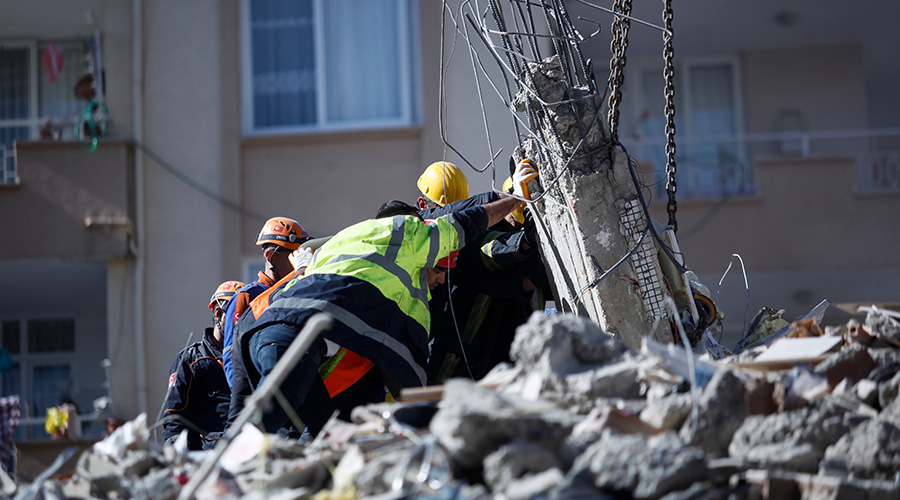New Report Examines Wind Energy Use in the U.S.
Although the use of wind energy to generate electricity is increasing rapidly in the U.S., government guidance to help communities and developers evaluate and plan proposed wind energy projects is lacking, according to a new congressionally mandated report from the National Research Council.
Although the use of wind energy to generate electricity is increasing rapidly in the U.S., government guidance to help communities and developers evaluate and plan proposed wind energy projects is lacking, according to a new congressionally mandated report from the National Research Council.
The report,
Environmental Impacts of Wind Energy Projects, offers an analysis of the environmental benefits and drawbacks of wind energy, along with an evaluation guide to aid decision-making about projects.
Currently, federal regulation of wind projects on private land is minimal, the report says. Despite the growth in its use, wind energy still generates less than 1 percent of the nation's electricity. Some national-level policies to enhance the benefits of wind energy and minimize its harms would help guide state and local regulatory efforts, the report says.
Based on U.S. Department of Energy projections for wind-energy development in the U.S., the committee estimated that by 2020, wind energy will offset approximately 4.5 percent of the carbon dioxide that would otherwise be emitted by other electricity sources. In addition, the use of wind energy to generate electricity probably would not significantly reduce emissions of two other pollutants, sulfur dioxide and nitrogen oxides, because current and expected regulations of these are largely based on cap-and-trade programs.
A common objection to proposed wind projects is that they will have a negative aesthetic impact. The report outlines a process to help communities and developers assess a project's likely aesthetic effects, and suggests ways to minimize them — for example, by using uniform types and sizes of turbines, and by ensuring that each region retains some undeveloped scenic vistas.
Governments at the state and local levels should provide developers and the public with guidance to help them plan for wind-energy development, including guidance on procedures and information needs for assessing projects, the report says. It also recommends that regulatory agencies adopt an evaluation guide to review proposed projects, and that governments work with each other and with organizations and developers to create guidelines for weighing projects' costs and benefits at scales ranging from local to national.
Related Topics:











